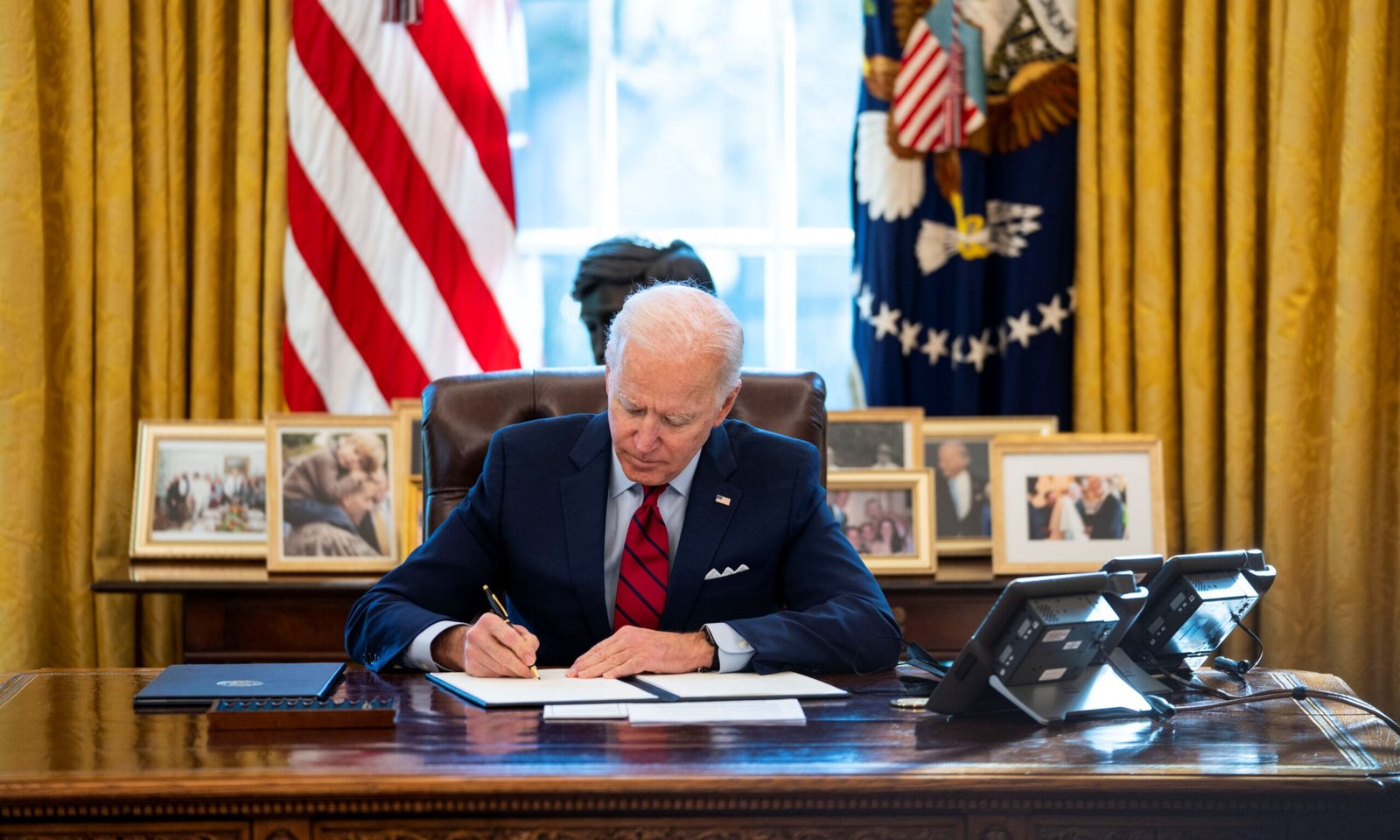2024 election
Uninsured Americans: A Rise of 2 Million Under Trump, Followed by a 3 Million Drop Under Biden

A recent analysis by Capital & Main reveals that under President Joe Biden, 3.3 million additional U.S. residents gained health insurance by 2021 compared to 2019. This increase marked a 1.2% reduction in the national uninsured rate, achieving the lowest recorded rate of uninsured individuals in American history.
In stark contrast, former President Donald Trump experienced a rise of 2.3 million uninsured individuals during his first three years, with the national uninsured rate climbing by 0.6%. Despite this trend, health care affordability remains a pressing concern, as reflected in a Pew Research Center survey indicating that 57% of Americans consider it a “very big problem.”
Currently, around 27 million people still lack insurance, leading many to forgo necessary medical care, exacerbating health outcomes, according to a KFF report. During Trump’s tenure, 39 states reported increases in uninsured rates, particularly impacting key battleground states like Arizona and Georgia. Conversely, Biden’s administration saw reductions in uninsured rates across nearly all states, leading to an estimated 580,000 fewer uninsured individuals in pivotal swing states.
Experts attribute these changes to the differing health care policies of the two administrations. Trump aimed to dismantle the Affordable Care Act (ACA), originally enacted under President Obama, which sought to expand insurance coverage. In opposition, Biden prioritized the protection and expansion of the ACA, reversing many of Trump’s policies.
The decline in uninsured individuals during Biden’s first two years also benefitted from pandemic-related policies initiated by both administrations. However, as these provisions expire, experts warn that uninsured rates could rise without further federal intervention.
Historically, Trump unsuccessfully attempted to repeal the ACA during his presidency, with the law being saved in 2017 by a pivotal vote from Senator John McCain. Despite these efforts, Trump’s administration weakened the ACA significantly, demonstrated by the annual decline in ACA marketplace enrollment from 2016 to 2020.
Affordable Care Act marketplace open enrollment fell every year from 2016 to 2020.
Trump’s approach included cutting funding and restricting access to ACA’s health insurance marketplace. He also removed penalties for not having insurance, resulting in increased premiums and millions more uninsured. Reports indicate substantial growth in uninsured populations in Texas, Florida, and Arizona during his administration, reflecting widespread coverage losses.
In 2020, the COVID-19 pandemic shifted the narrative, temporarily prompting bipartisan support to maintain Medicaid coverage for those affected. The legislation made a significant impact on access to critical medical services, including treatment and vaccination efforts against COVID-19, with data showing a decrease in uninsured rates for that year.
Black and Latino populations experienced some of the highest rates of health insurance coverage gains during the first two years of Joe Biden’s presidency.
Following his inauguration, Biden acted swiftly to enhance ACA enrollment access and bolster health insurance options. He reversed numerous Trump-era executive orders, expanded eligibility for Medicaid, and signed the American Rescue Act, which improved subsidies for low-income individuals. These measures collectively contributed to a marked reduction in the uninsured demographic.
While these accomplishments are notable, experts caution against attributing all coverage gains uniquely to Biden’s policies. The ongoing pandemic has played a significant role in shaping current insurance trends.
Project 2025, the Heritage Foundation’s blueprint for the next Republican administration, calls for lifetime caps on Medicaid benefits.
Recent reports indicate that the progress made in reducing the uninsured population could be at risk, with a CDC estimate suggesting an increase in the uninsured rate from 7.7% to 8.2% within a year. This change primarily results from states disenrolling individuals from Medicaid post-pandemic protections. The Congressional Budget Office warns that a continued upward trend could lead to an additional 6 million uninsured individuals by 2034.
As the election cycle progresses, Trump appears to be distancing himself from earlier commitments to dismantle the ACA, focusing instead on vague promises to improve healthcare transparency and access, as outlined in his campaign’s Agenda 47. Meanwhile, proposals such as Project 2025 could have serious implications for Medicaid beneficiaries nationwide.
In August, Vice President Kamala Harris announced her economic agenda, which seeks to expand ACA subsidies and address medical debt. Historical context reveals that significant progress in reducing uninsured rates was made during the Obama administration, highlighting the ongoing necessity for effective policy in the pursuit of universal health coverage.


















